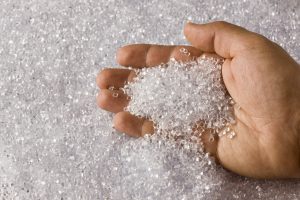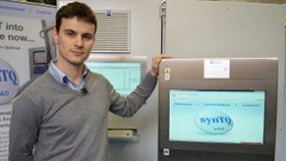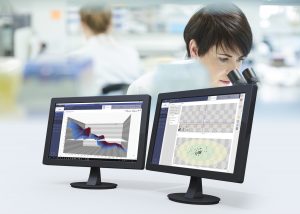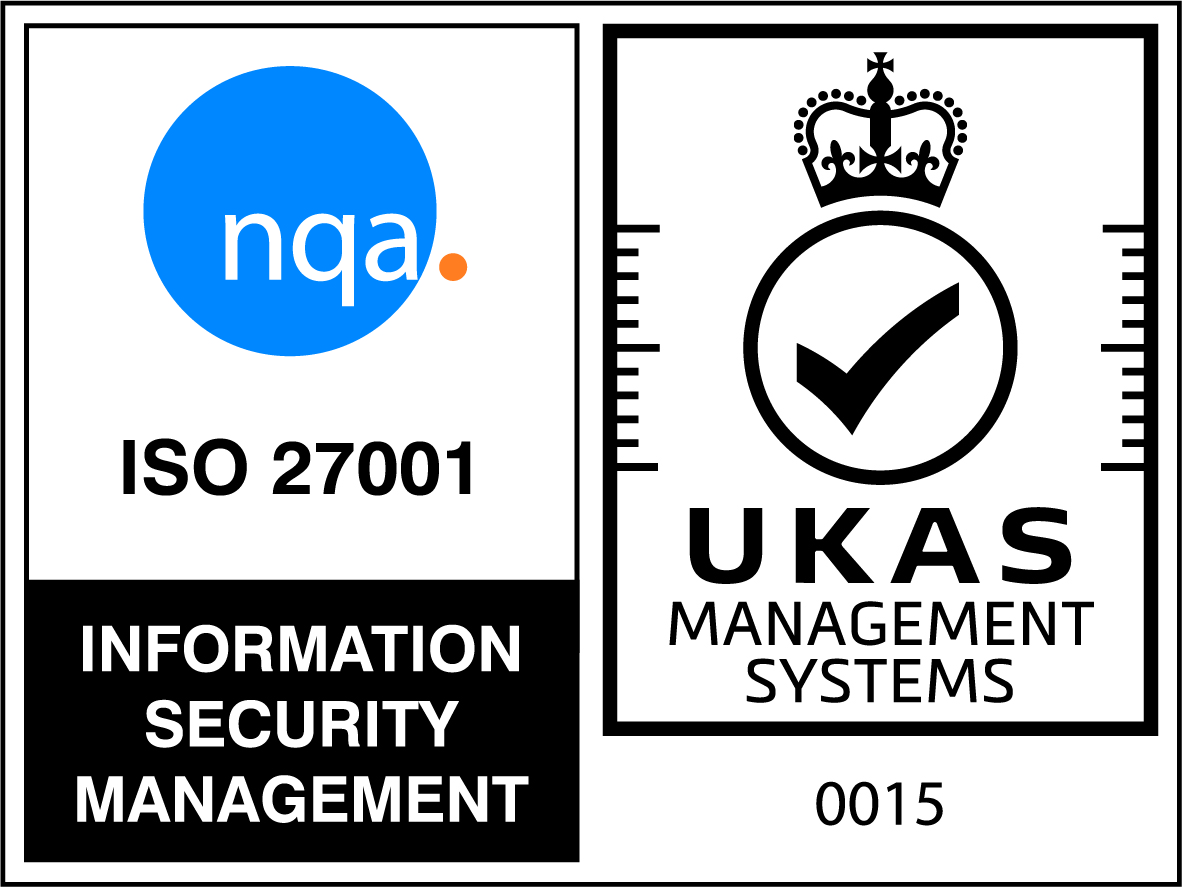
Automation-driven recycling of plastic: when technology meets sustainability
A new, circular economy for plastic is drawing increasing attention as the best way to address the issue of plastic pollution. This new approach designs out waste and pollution by promoting a system where reduction, reuse and recycling prevails. In order to succeed in the creation of a circular economy, it is fundamental to improve current recycling methods while also developing innovative new approaches. Recycling facilities can be supported in these efforts by real-time automated quality assurance tools, such as Process Analytical Technology (PAT).
Martin Gadsby, Director at Optimal Industrial Technologies, looks at how PAT is key to the creation of a new plastic economy

While single-use plastic has many valuable uses, its large-scale production is leading to a global plastic pollution crisis. It is estimated that, to date, over 5 billion tonnes of plastic waste has accumulated; studies report that this will increase to 12 billion tonnes by 2050 if the current production and waste trends continue1. One of the main causes of this accumulation is that only a small fraction of plastic waste can be recycled.
Mechanical recycling of plastic is limited, as each recycling cycle increases the presence of impurities and residues in the end material, resulting in considerable downgrades. Alternatively, chemical or solvent-based routes, such as depolymerisation, solvolysis or selective polymer extraction, have the potential to produce recycled material with properties comparable to those obtained from virgin feedstock.
However, the extraction of high-quality recovered monomers and polymers from chemical or solvent-based recycling processes presents many challenges for recycling facilities. For example, thermal degradation of the substances and presence of impurities can cause substantial downgrades in the properties of the recycled end materials. In particular, the solvents used to extract reusable monomers and polymers may themselves become impurities, as it is often challenging to fully remove them from the end materials. Furthermore, to be a truly environmentally sound process, recycling should not consume more resource than extracting new, virgin plastic.
Recycling businesses need to address these technical issues in order to effectively support the transition towards a circular economy of plastic. More precisely, chemical or solvent-based recycling facilities need to substantially improve the end quality of recovered materials; identify ways to extract useful substances from currently non-recyclable plastics; all the while setting up highly efficient processes and methods.
While addressing these challenges may appear daunting, the paradigm shift brought by Smart Manufacturing and Industry 4.0 is offering forward thinking recycling businesses the opportunity to successfully set up a circular economy for plastic. In particular, the automated feedback control offered by PAT is key to help recycling facilities maintain full control of their processes: ensuring recovered materials are of high-quality, whilst minimising energy consumption and waste generation.
PAT as the gamechanger in plastic recycling
The PAT framework involves analysing ‘raw’ and in-process materials in real-time by in-line or on-line analyser instruments, then adjusting process parameters to optimise the outcome. More precisely, the analytical results obtained will make it possible to predict the quality of the end material, and understand how altering critical process parameters (CPPs) could affect the result. The relationships between CPPs and the end product’s critical quality attributes (CQAs) are assessed by using mathematical and statistical procedures known as multivariate analysis (MVA) and chemometrics.
The central software processing entity, where the data collected from multiple sensors is converted into meaningful information and actionable insight, is the PAT knowledge manager. This is a process orchestrator that analyses and stores data as well as turning it into knowledge to optimise the recycling process. This not only offers plant operators a platform to control the process based on quality predictions, but also provides a mechanism for continual improvements.
Using the insights provided by the PAT knowledge manager, recycling plant operators can modify the process conditions to support the delivery of end materials with high purity and physicochemical properties. For example, it is possible to set up a PAT framework to control selective polymer or monomer extraction processes, where online liquid chromatographers determine in near-real-time the concentration of impurities present in the material before and after undergoing any separation process. Therefore, operators can decide whether single separation is sufficient, or if double – or triple – separation is to be preferred.
Even more, the technology can easily handle the occurrence of variations in ‘raw’ materials, which is common among plastic waste. These fluctuations, detected at the beginning of the process, can be managed and compensated for ‘on-the-fly’, reducing the volume of poor-quality end products to a minimum.
Building continuous recycling facilities
The benefits of using PAT and its associated knowledge management platform are not limited to improving the quality of monomers and polymers recycled from plastic waste. The MVA procedures that monitor and control quality in real time allow businesses to shift from batch to continuous processing: substantially increasing productivity and efficiency. In effect, it is possible to handle larger volumes of plastic materials without increasing the plant footprint, as well as reducing the environmental impact of the recycling operations.
Even more, PAT can lead the way in the development of innovative selective extraction routes for plastic materials that are currently non-recyclable due to their thermal sensitivity or the difficulty in obtaining high-purity end substances.
In particular, advanced PAT knowledge managers, such as Optimal’s synTQ, can help identify innovative plastic recycling routes before conducting any real process. For example, synTQ’s ‘Digital Twin’ function allows users to run partial or complete PAT Methods (or Orchestrations, as they are called in synTQ), virtually, at any point during the process’ lifecycle. Thus this ‘Digital Twin’ can be used effectively to create and test a given process data flow. As more data – and knowledge – is generated, the ‘Digital Twin’ function can be used to further refine or optimise the process.
New chemical recycling methods are urgently needed to handle the plastic crisis. Recycling facilities can tackle this issue and grow their businesses by choosing robust PAT frameworks and leading process orchestrators, such as synTQ. By doing so, they can succeed in substantially improving their existing recycling processes as well as creating new ones.
1 Geyer, R., Jambeck, J. R., & Law, K. L. (2017). Production, use, and fate of all plastics ever made. Science advances, 3(7), e1700782.



